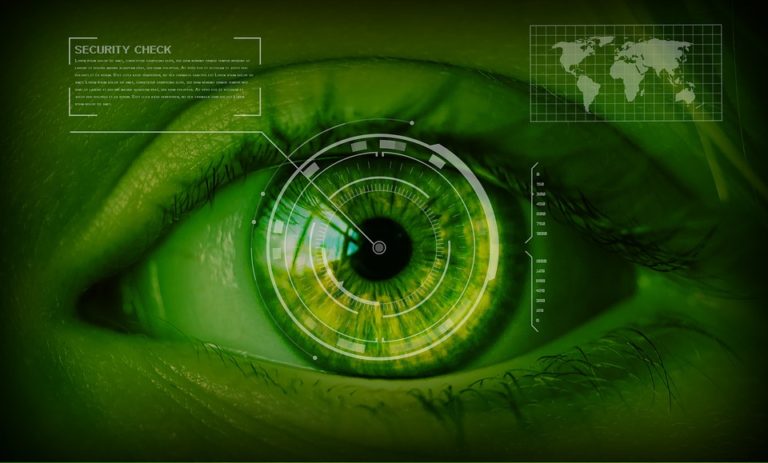One of the greatest hurdles of our time is securing information. Data security is a great challenge – ensuring information remains secure across disparate systems and devices. National and local authorities, organizations both big and small, and individuals are all concerned about how to keep their digital data out of the wrong hands.
While companies hurry to install the latest firewalls, data encryption and network monitoring software, which of course are critical components of an information security strategy, there is yet a basic technology that is often disregarded.
Due to the widespread use of data sharing tools such as email, social media, mobile devices and cloud storage media, the network boundaries of an organization have become permeable. This is making tasks harder for data security departments and IT heads to prevent classified data from broadcasting outside the network boundaries. The fact is that information security boundaries have changed forever, as data is now being accessed and stored in numerous places.
There are three levels of risk classifications that are used to label classified data. These include public, ‘business use only’, and confidential classifications.
- Public classification applies to data that is accessible by the general public and to be used for distribution outside the company. This data may be freely transmitted without any risks. Any data that is developed for consumer consumption, such as press information, job releases or brochures can be regarded as data for public classification.
- ‘Business use only’ classification applies to data that is used in organizational processes and its unaccredited revelation, adjustment or termination may not necessarily impact the organization, consumers, staff or associates. Any data that is regularly employed in businesses, such as policy manuals, staff contacts, etc., can be regarded as ‘business use only’ data.
- Confidential classification applies to data that is used in classified organizational processes, and its unauthorized revelation, adjustment or domination can adversely impact the company, its consumers, staff or associates. Examples of classified data include personal consumer information, secured health data, financial transactions, payment information, intellectual property rights, mergers and acquisition data, contract negotiations and information related to human resources.
With employees transferring information across a wide range of data sharing devices that are unprotected, staff within an organization is one of the largest and biggest threats to data security. And it is not just a dissatisfied employee or a user with malicious intent, but it could also be responsible staff who are just trying to work more competently who have genuinely misplaced their devices or absentmindedly transmitted sensitive data to a wrong party. When employees are unfamiliar with data security procedures along with the absence of data security systems in place to instruct, communicate or prompt the employees to perform a particular action then they may participate in high-risk data handling.
Hence, insider breaches are not just relegated to technological issues but are a human and social concern. A company may install state-of-the-art data security technologies while uploading sensitive information to a cloud service, but if employees cannot comprehend the value of the information they are using, they are likely to view the technology as a deterrent to their progress and actively look for ways to bypass data protection procedures.
With the drop in storage costs, more and more people are storing old or unnecessary data instead of deleting it. As such, ambiguous information now makes up more than 80% of non-tangible resources as the increase in information is growing in leaps and bounds. However, while data security departments are now assigned to securing everything constantly, there is plainly too much information to protect successfully, particularly when most of it may not be deemed as worth securing.
Consider some rules of thumb when looking to safeguard yourself and your information from hackers:
- Employ reliable data security tools. There are a number of trustworthy data security technologies available that are highly critical in safeguarding your information. Additionally, most devices also come with security tools. To make use of such tools, activate authentication to access your device or use encryption to encryption information. Here it is important to note that such applications are not always spontaneously switched on and hence you may need to make a conscious decision of enabling it. Also, since not all devices contain data security tools, you may want to consider acquiring an additional external solution to protect your data.
- Maintain a strong password. Do not make use of easily recognizable numbers or names. Include special characters, symbols letters, numbers, and integrate upper and lower case. Be mindful of changing them constantly. Using the same password for a long period of time and for every application can make your data insecure.
An effective data classification policy paves the way for a Data Loss Prevention product. Data classification ensures that classified data is handled according to the risk it presents to a company. All classified data must be tagged with a stated level of risk that will help determine the process and means needed to handle it along with the encryption degrees, storage, and transmission necessities. proxy top 10

0 Comments